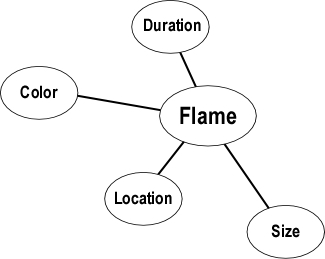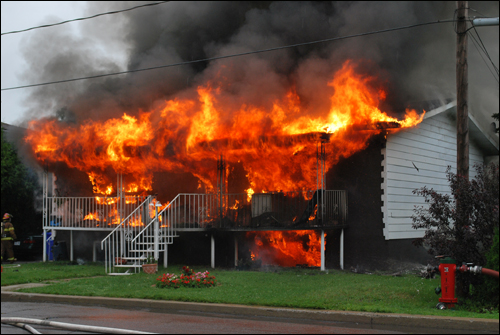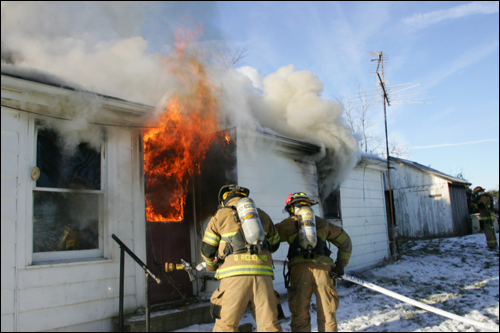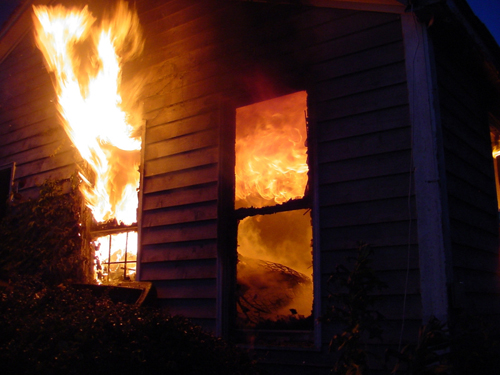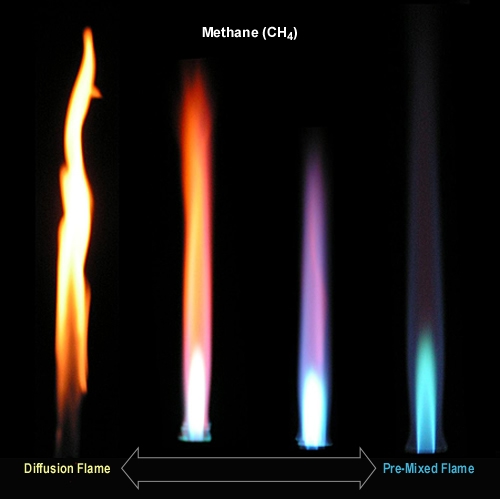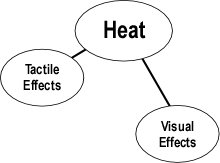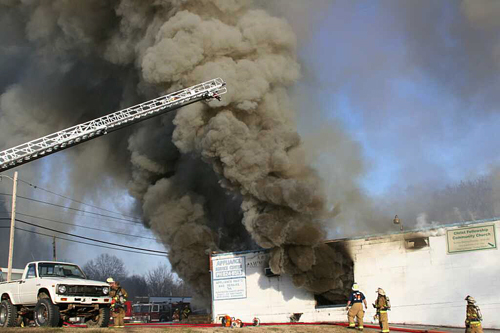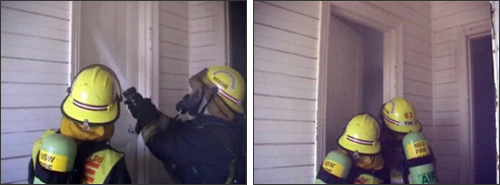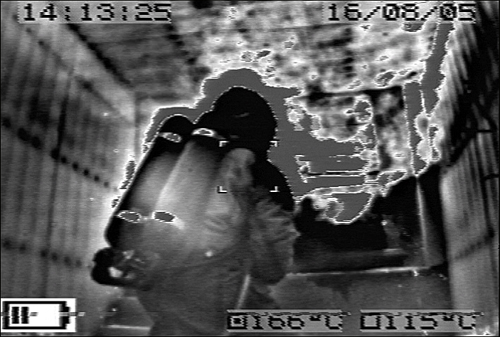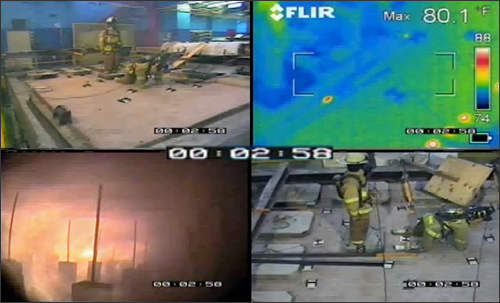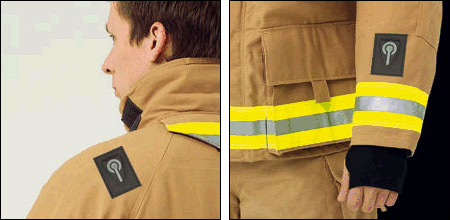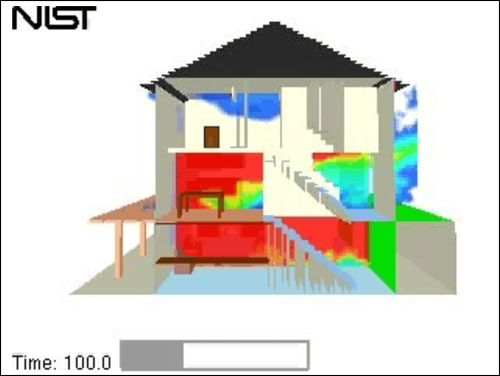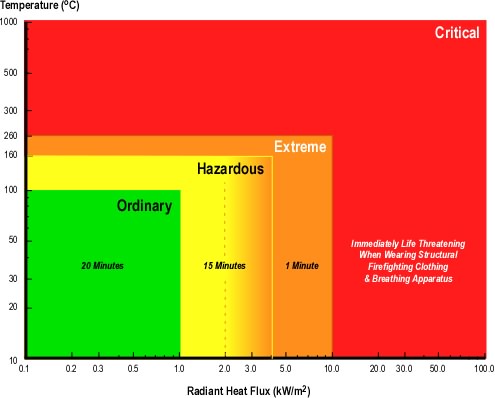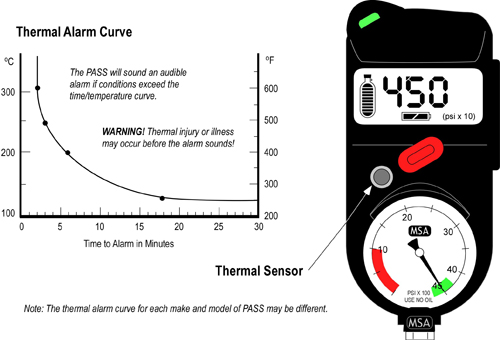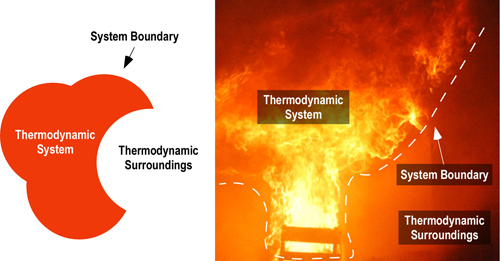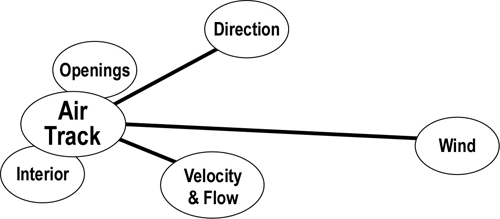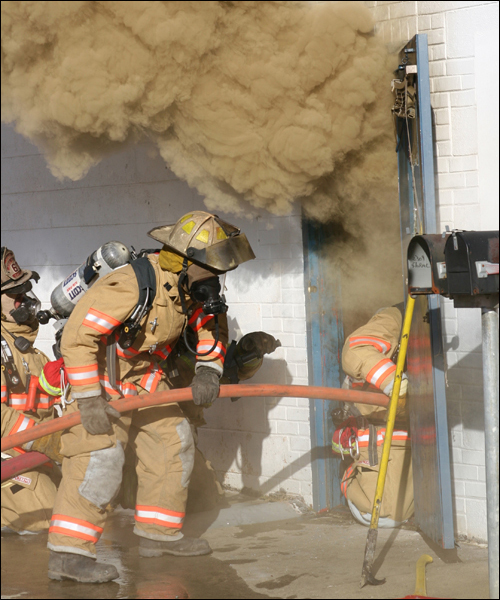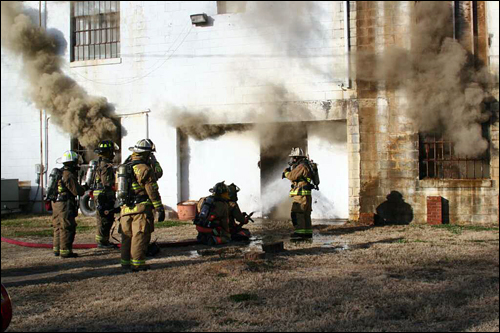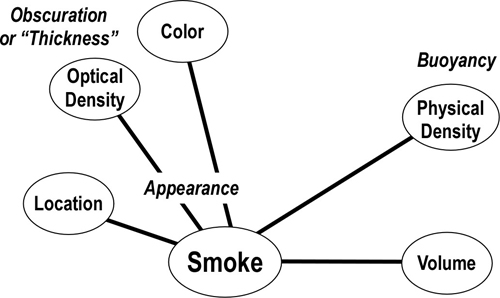Reading the Fire:
Putting it all Together
Thursday, September 17th, 2009
The first post in this series, Reading the Fire: How to Improve Your Skills, I discussed building a concept map of fire behavior indicators as a method to increase competence in reading the fire. In the 12 posts that followed, we have explored each of the categories of the B-SHAF organizing scheme by developing a concept map for each type of indicator.
- How to Improve Your Skills
- Building Factors
- Building Factors Part 2
- Building Factors Part 3
- Smoke Indicators
- Smoke Indicators Part 2
- Air Track Indicators
- Air Track Indicators Part 2
- Heat Indicators
- Heat Indicators Part 2
- Heat Indicators Part 3
- Flame Indicators
- Flame Indicators Part 2
I have been working through this process as well in an effort to expand and refine my personal B-SAHF concept map. This post will review the work accomplished so far and lay the foundation for moving to the next step in the process; applying B-SAHF to recognize key indicators and predict likely fire behavior.
This review will be graphic, using the current version (5.2.2.1) of each of the concept maps developed in this series of posts.
Building Factors
Unlike the other elements of the B-SAHF organizing scheme for fire behavior indicators, Building Factors are present before the fire. Frank Brannigan was fond of saying “the building is the enemy” (Brannigan & Corbett, 2008, p. 81). The term enemy (2009) can be used to describe one who is antagonistic or seeking to injure or harm another. In this sense the building is not our enemy as it has no intent. However, it may also be used to describe something that is potentially harmful (Enemy, 2009). From this perspective Frank could be correct. However, I find that in the use of warfare as a metaphor for firefighting, I find it more useful to consider the building as the terrain that we fight on, rather than the enemy.
Building factors (such as use of lightweight or engineered wood support systems) present a significant hazard, but only under fire conditions. Fire dynamics and building performance under fire conditions are interrelated and should be key considerations in the pre-planning process.
In many respects, Building Factors is the most complex category of the fire behavior indicators. Figure 1 illustrates my current concept map capturing many (but likely not all) of the key building factors that influence fire behavior.
Figure 1. Building Factors
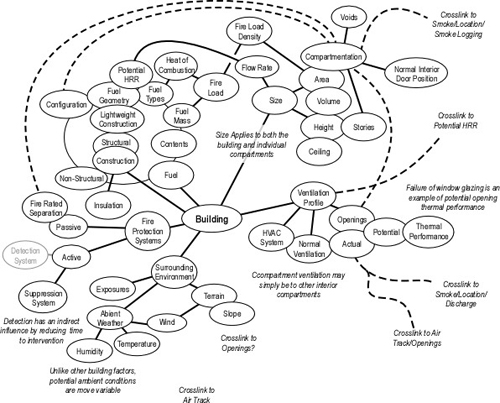
Consider what other building factors might be of interest or concern as well as how these factors may be interrelated with the other elements of the B-SAHF scheme.
Smoke Indicators
There are a significant number of interrelationships between smoke indicators and the other elements of the B-SAHF model, particularly Building Factors, Air Track, and Heat. These relationships reinforce the importance of looking at fire behavior indicators holistically, rather than simply as individual elements.
Figure 2. Smoke Indicators
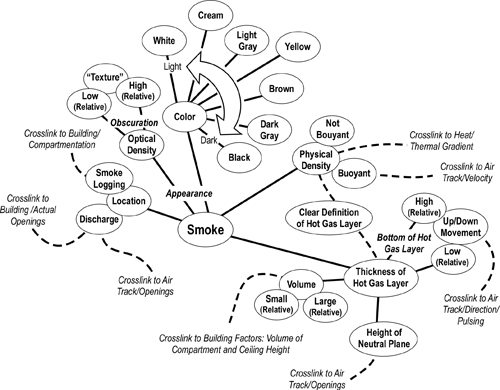
Are there other indicators related to smoke that may be useful in identifying or assessing the stage of fire development, burning regime, or other important aspects of fire behavior? What additional interrelationships exist with the other elements of B-SAHF?
Air Track Indicators
Air track is the movement of both smoke (generally out from the fire area) and air (generally in towards the fire area). Air track is caused by pressure differentials inside and outside the compartment and by gravity current (differences in density between the hot smoke and cooler air). Air track indicators include velocity, turbulence, direction, and movement of the hot gas layer. As in the case of smoke, air track is closely interrelated with Building Factors, Smoke, and Heat Indicators.
Figure 3. Air Track Indicators
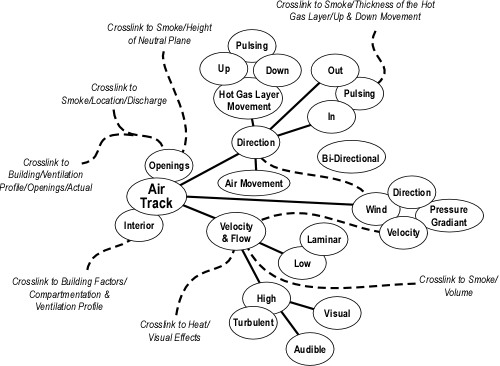
Are there other air track indicators that might be useful in assessing conditions and making predictions about likely fire behavior? What other interrelationships exist between air track and the other elements of B-SAHF?
Heat Indicators
In considering heat indicators, it is important to distinguish between energy, temperature, and heat. While this category is titled heat indicators, much of what we observe and feel is based on increased temperature due to transfer of energy (energy in transit is heat). To review the discussion of energy, temperature and heat, see Reading the Fire: Heat Indicators.
Figure 4. Heat Indicators
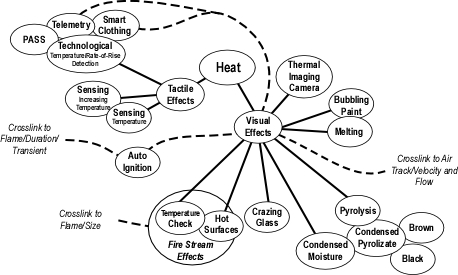
What other heat indicators may be useful in assessing conditions, the risk to firefighters, and impact of tactical operations on fire behavior? Are there additional interrelationships with other elements of B-SAHF?
Flame Indicators
Flames are the visible, light emitting product of combustion. In compartment fires, flames are the result of glowing particulate material (predominantly carbon). While extremely useful, information from flame indicators must be considered in conjunction with the other elements of B-SAHF.
Figure 5. Flame Indicators
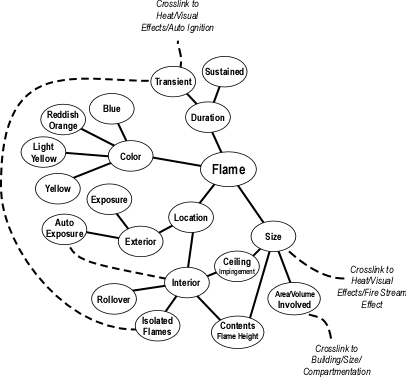
Are there other flame related indicators that might be useful? Are there additional interrelationships with other elements of B-SAHF?
Applying B-SAHF
Developing your skill in reading the fire requires ongoing deliberate practice. What does this look like? In the following video clip, Tiger Woods is described as “just a pro who wants his game to get better, every day”
Are we professionals who want our skill at reading the fire to get better, every day? What does will it take for us to accomplish this task? It takes more than just talking about it or attending a class. Developing this level of skill requires ongoing, deliberate practice. Building a concept map of the B-SAHF indicators is an early step in this process as it gives you a way to think about information provided by the building and fire that will allow you to recognize important conditions and what is likely to happen next. Developing this understanding is necessary, but not sufficient. You also need to work on your skill at recognition and developing the ability to interpret this information in the context of the situation.
Using video is a great way to practice your skill in recognizing key indicators. On the fireground, you may only see a particular indicator for a few seconds. There is no instant replay. However, with video you can watch a particular clip again and again to practice your skill and develop the ability to separate critical indicators from the noise of extraneous information.
Practice Your Craft!
Reading the fire and recognizing likely and potential fire development is a critical part of initial size-up and action planning. However, this process needs to continue throughout incident operations as you evaluate the impact of tactical operations (the responsibility of everyone on the fireground, not just officers or the incident commander). Use the following two video clips of tactical operations to practice your skill (and maybe discover a few additional indicators to add to your B-SAHF concept maps).
Video Clip1-Roof Operations: Watch this video clip of vertical ventilation operations and identify the key B-SAHF Indicators. What information do the building, smoke, air track, heat, and flame indicators provide about current conditions? How is fire behavior likely to change?
Video Clip 2-Fire Attack: Watch this video clip of initial attack operations at a commercial fire. What building, smoke, air track, heat, and flame indicators can you observe in this clip? What information do these indicators provide? How do the indicators change based on application of water? What can you determine based these changes?
More to Follow
The next post in this series will begin to examine application of the B-SAHF scheme to recognizing stages of fire development and burning regime as part of initial and ongoing size-up and situation assessment.

Ed Hartin, MS, EFO, MIFireE, CFO
References
Brannigan, F. & Corbett, G. (2008). Building construction for the fire service. Sudbury, MA: Jones & Bartlett.
Enemy. (2009). In Merriam-Webster Online Dictionary. Retrieved September 17, 2009, from http://www.merriam-webster.com/dictionary/enemy



